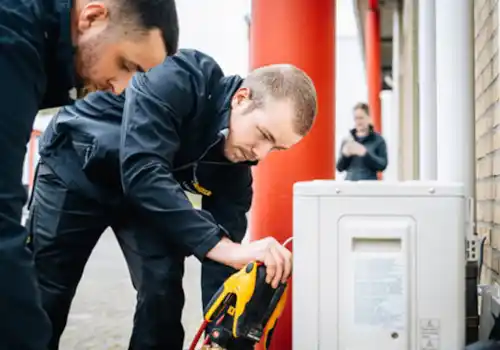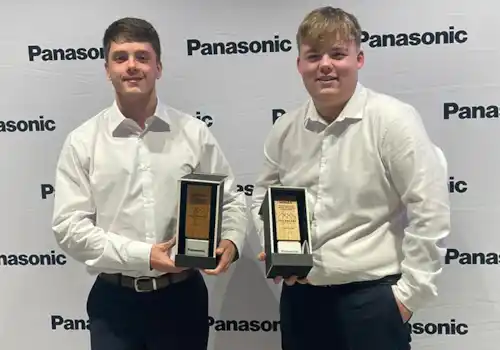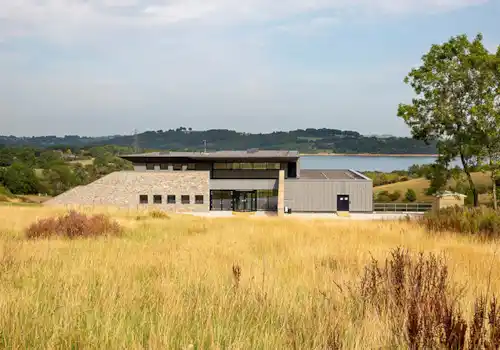21 February 2017
|
| | As NASA develops the next generation human space flight vehicle, the Space Launch System, all components must be tuned to optimal performance given the harsh environments on the ultimate journey to Mars. One of these components that must meet performance requirements in a harsh thermal environment is the space shuttle-derived solid rocket boosters (SRBs). In NASA’s tireless efforts to achieve excellence, they have conducted extensive testing through the SRB prime contractor, Orbital ATK, to develop boosters that are extremely safe and robust at all temperatures that may be experienced by the hardware. Orbital ATK worked for several years to create a controlled, cool environment in its Utah testing facility, bringing in Aggreko’s experience in temperature control to achieve a propellant mean bulk temperature (PMBT) of 40oF during the second development motor test (dubbed DM-2) and the second qualification motor test (dubbed QM-2). Aggreko was appointed in 2009 to chill the five-segment solid rocket that would be used in the DM-2 static test and again for the June 2016 QM-2 test. The two-month-long motor cooling process involved inserting 0oF air into the testing facility building to achieve the target PMBT and simulate conditions that the SRB might experience on the launch pad in Cape Canaveral. In the hours before the early morning of the QM-2 test firing, the motor temperature was reduced to 38oF to account for building rollback and the heat from the morning sun. This task presented significant challenges and required some innovative thinking. The first challenge we identified was the need for constant cooling capacity despite the lack of space. We came up with the idea to customize 120-ton air handlers so they could be stacked, however this also created a potential tipping risk. To overcome this we worked with designers to build outriggers that acted as support arms. Air handlers are not typically used in cold environments, and when operated at 0oF, the coils would eventually freeze over and block air from the pipes, posing a significant risk to efficiency and achieving a controlled, cool environment on schedule. A customized ‘plenum system’ was used to alternate the upper and lower air handlers, so the offline unit could be defrosted using a system that produced and circulated a warm glycol solution through the coils, while the other unit continued to provide cold air to the facility. It took around six weeks to develop these customizations and an additional two months to reduce the rocket’s core temperature and achieve a controlled environment in the testing facility. To complicate matters, the test stand rail-mounted building had several scheduled openings to prepare for the ground test, impacting the process and progress. Despite coming into the summer months, the desired temperature was attained on schedule and controlled until the test-firing date. Control and efficiency were the key factors here and were both integral to achieving the target conditions on time. With this in mind however, the main contributor to the end result was working in partnership with Orbital ATK to find innovative, bespoke solutions to overcoming challenges. Like any challenging project, these key learnings can be applied within other industries. |
Content continues after advertisements











